This was the 25th National ATE Principal Investigators’ Conference hosted by the American Association of Community Colleges with support from the National Science Foundation. But for me, it was my rookie outing, so I was treading on uncharted territory and hoping to make a
good go of it.
Keynote Session – Another Hidden Figure
Dr. Christine Darden, former Researcher and Executive at NASA, gave an inspiring keynote during the opening plenary. She was one of the brilliant minds that worked at NASA alongside those featured in the film “Hidden Figures.” She shared how her talents were called upon to
limit the noise emitted from airplanes reaching speeds that generate a sonic boom. The Quiet Supersonic Technology (QueSST) that she described stirred the engineering slant in me and
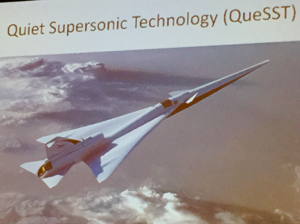
Photo by Mark Bealo
kept the audience attentive throughout. Members of our group headed up to the front after her discussion to greet the incredible woman and happened to also catch up with Dr. George Boggs, President Emeritus of Palomar College. Dr. Boggs had a huge hand in starting the
Strategic Learning Outcomes and Assessments that are now utilized throughout higher education. Quite a great outing for my first day at the conference.
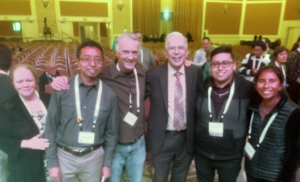
Some of our staff, faculty and students with former President of Palomar College, Dr. George Boggs.
UAS Projects: A Coast-2-Coast-2-Coast Perspective
Chris N. Carter from the Virginia Space Grant Consortium in Hampton, VA, Dr. Wing Cheung , my CO-PI on the NSF UASTEP grant from Palomar College and Phil Davis from Del Mar College in Corpus Christi, TX were the panelists for this session. They are all in their second or
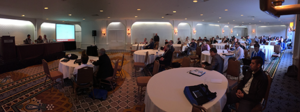
A Coast-2-Coast-2-Coast Perspective. Photo: Mark Bealo
third year of their respective ATE projects and were called up to share their insight, wisdom and some hard lessons learned throughout the process with the attendees.
Each of the conferences I attend provide more insight as to how the program we have developed and the new courses we are working on measure up with the rest of the educational offerings throughout the country. I was encouraged by the words shared by the panelists and
the questions and discussion points from those in the audience because it all confirmed that UASTEP is headed in the right direction, and looks to be among the top offerings in the nation.
Students – The Proof
While I was greatly encouraged after attending various conference sessions and panels, and after speaking with numerous colleges and universities with drone technology as part of the focus for their ATE Projects, the most rewarding aspect of the conference for me was the ATE Student and Alumni Poster session. I went around to as many of the displays as I could and asked questions to each of the participants and was delighted to see the vast array of
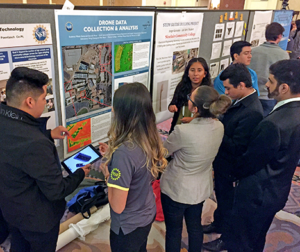
ATE Student and Alumni Poster Session. Photo: Mark Bealo
knowledge and progress on display. What became a real treat to witness was the large number of poster session presenters that kept our Palomar College students busy the entire time.
There was a constant bubble of inquisitive students and attendees around their Drone Data poster. It was awesome to see! And when I would be asking about other posters, the presenters would often ask if the two students from Palomar were with me and the rest of our
team and proceeded to speak so highly of them. What an incredible blessing to see the fruit of all of our hard work as our students shared their knowledge and experience and were so warmly received by all who came their way. They absolutely hit it out of the park on this one. I
am super excited to see what next year’s ATE conference has in store!
<view full resolution version of the poster shown below>
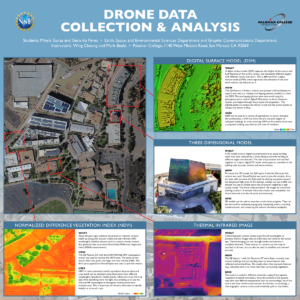
This poster shows an orthophoto, 3D model, and Normalized Difference Vegetation Index (NDVI) captured with a
small unmanned aircraft system. An orthophoto can convey construction progress. The 3D model can help with
visualizing the terrain; and the NDVI can be used to analyze vegetation health around campus.

Mark Bealo
Co-Principal Investigator
Mark Bealo is the Co-Principal Investigator of the UASTEP project. He is a Professor of Graphic Communications at Palomar College, and the primary instructor and curriculum developer for the introductory and advanced Digital Imaging with UAS classes currently offered at the College. Mark develops UAS curriculum and program at Palomar College, and coordinates a variety of student outreach events as well as workshops for high school students and educators.
